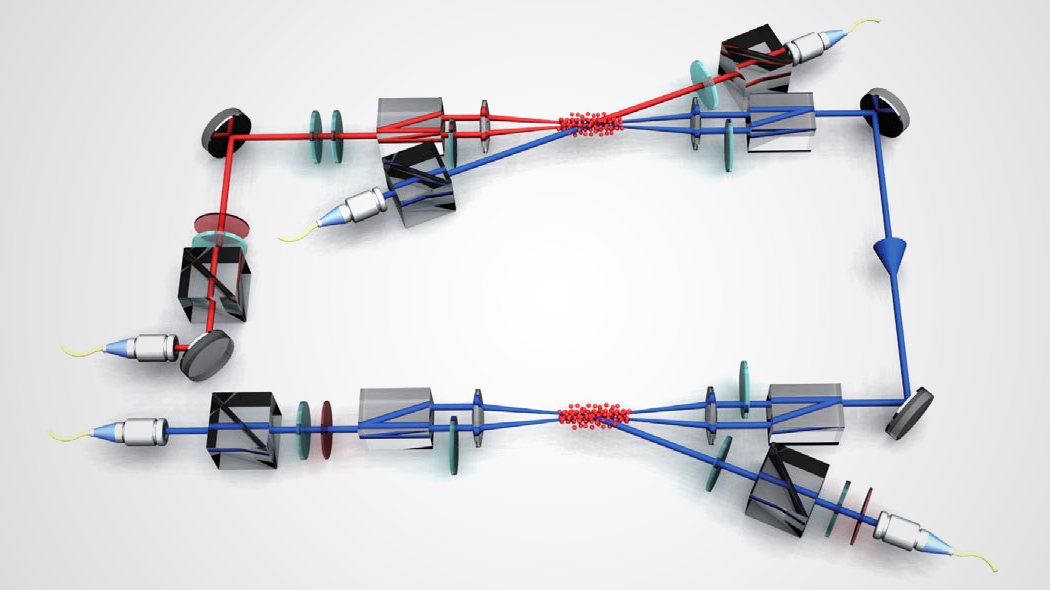
A Quantum Future
In a rather remarkable demonstration, physicists from the University of Science and Technology of China and the Nanjing University of Posts and Telecommunications have developed a way to use quantum memory for quantum secure direct communication (QSDC). They published the results of their experiment in the journal Physical Review Letters.
Whenever one encounters the word quantum, it’s not uncommon to feel a bit unsure of what it means. Since quantum refers to the smallest types of matter — usually particles — the concept shouldn’t be too fundamentally difficult to explain. Quantum physics, in essence, deals with “the physics of the small.” Other theories or applications describe some behavior of particles. Quantum communication, the exchange of information using quantum particles, is one such application.
QSDC is a secure form of quantum communication; what’s commonly known as quantum cryptography.
“Quantum communication provides an absolute security advantage, and it has been widely developed over the past 30 years.” the researchers wrote in the study’s abstract, adding that “[QSDC] promotes high security and instantaneousness in communication through directly transmitting messages over a quantum channel.” Usually, QSDC protocols rely on fiber delay lines to transmit information, which have their limitations. The use of quantum memory, however, may be able to break through those limitations.

Long Distance Quantum Communication
As quantum communication is more secure, physicists have been working on ways to extend its usual reach. This requires quantum memory, which would allow it to effectively control information transfer in the quantum networks of the future. One method for quantum memory relies on using entangled photons. Entanglement is a quantum state that allows for particles to be linked even when separated by huge distances. In the case of quantum memory, the particles would be stored to establish entanglement between separated memories.
Researchers have demonstrated the necessary steps in a QSDC protocol: generating entanglement, having a secure channel, and the ability to distribute, store, and encode the entangled photons. To bypass the usual difficulty in decoding entangled photons, the researchers opted for an alternative method that was easier to implement.
While they were able to demonstrate QSDC effectively using quantum memory, the researchers hope to extend its distance further: perhaps up to 100 km (62 miles) if not more. Quantum teleportation and entanglement have already been shown to be capable of bridging such distances. This would be an important step to realize the future of long-distance, satellite-based and global-scale QSDC for a more secure transfer of information around the world.